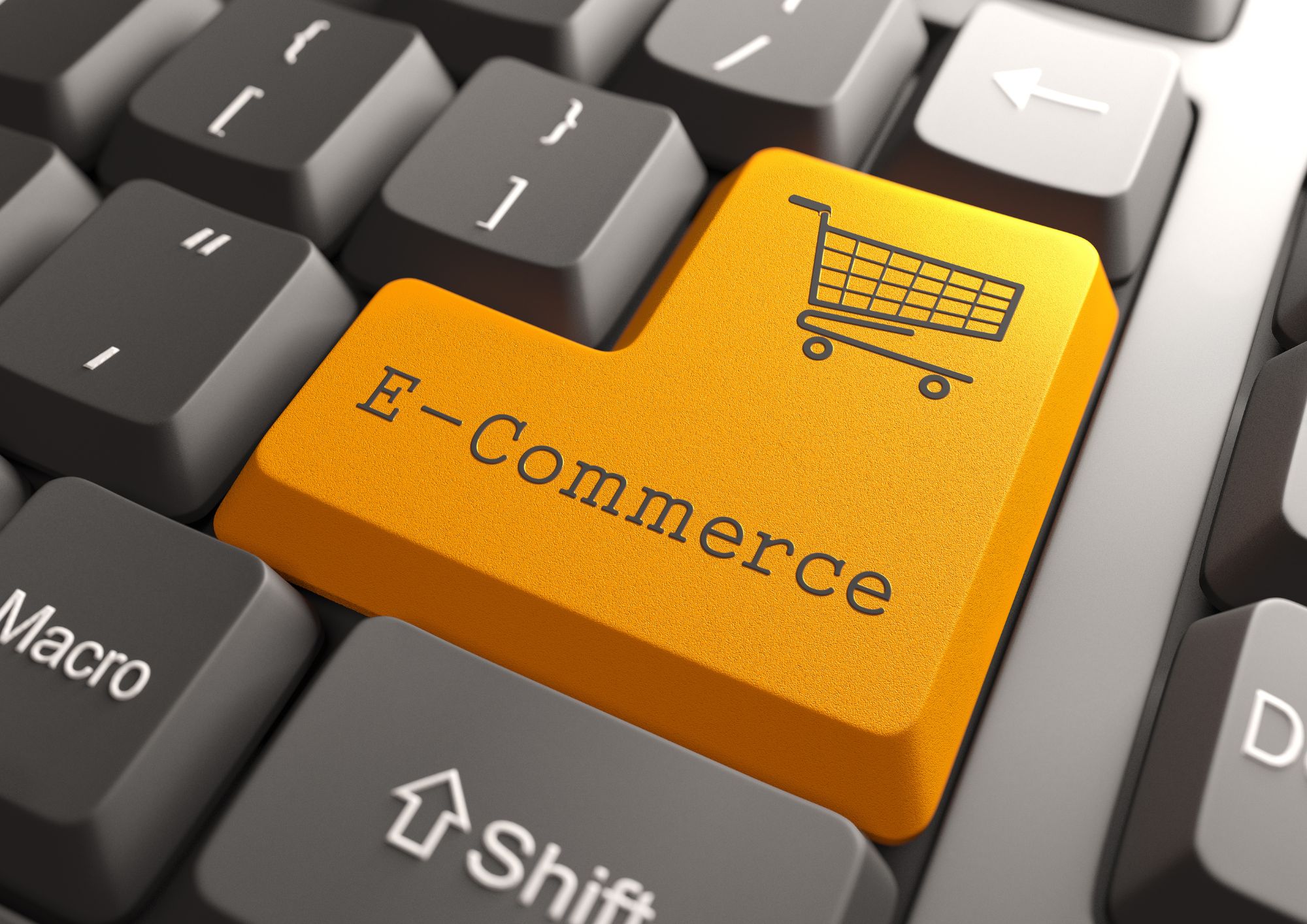As the world of e-commerce continues to grow, businesses are seeking innovative ways to stay ahead of the competition.
One major driving force behind this growth is the adoption of machine learning technologies.
In fact, machine learning e-commerce solutions have proven to be game-changers in the industry, facilitating personalized shopping experiences and driving revenue growth.
In this article, we’ll explore how machine learning is transforming e-commerce through personalization and recommendation engines.
Let’s dive in!
 What is Machine Learning, and How Does it Apply to E-commerce?
What is Machine Learning, and How Does it Apply to E-commerce?
Machine learning is a subset of artificial intelligence (AI) that uses algorithms to analyze and learn from data patterns.
This enables machines to make decisions and predictions without explicit programming.
In the context of e-commerce, machine learning can be employed to analyze vast amounts of customer data to generate personalized shopping experiences, tailor marketing strategies, and improve customer satisfaction.
 Personalized Shopping: Delivering Tailor-Made Experiences
Personalized Shopping: Delivering Tailor-Made Experiences
Personalization is the process of tailoring products, services, or content to individual customers based on their preferences, behaviors, and past interactions.
In e-commerce, machine learning algorithms can analyze customer data to determine patterns and preferences, allowing retailers to deliver highly targeted offers and recommendations.
For instance, Amazon uses machine learning to power its personalized shopping experience, analyzing customer behavior and purchase history to recommend products that are most relevant to each user.
This has led to a significant increase in customer satisfaction and sales, with personalized recommendations accounting for 35% of Amazon’s revenue [1].
 The Power of Recommendation Engines
The Power of Recommendation Engines
Recommendation engines are AI-powered systems that analyze user data and behavior to suggest relevant products, services, or content.
In e-commerce, recommendation engines can increase conversion rates, boost customer satisfaction, and improve the overall shopping experience.
There are two primary types of recommendation engines: collaborative filtering and content-based filtering.
- Collaborative filtering: This method involves analyzing user behavior and preferences to make recommendations based on similar users’ actions. For example, if users A and B both purchased items X and Y, and user A also purchased item Z, the system might recommend item Z to user B.
- Content-based filtering: This approach involves analyzing item attributes to recommend similar products based on user preferences. For example, if a user frequently purchases mystery novels, the system might recommend other mystery novels with similar themes or authors.
Netflix, for example, uses a combination of collaborative and content-based filtering to provide highly personalized movie and show recommendations for its users [2].
 Facts and Figures: Machine Learning E-commerce Impact
Facts and Figures: Machine Learning E-commerce Impact
- According to a study by Accenture, 91% of consumers are more likely to shop with brands that provide personalized offers and recommendations [3].
- A report by McKinsey found that retailers using personalization and recommendation engines could see a sales lift of up to 8% [4].
- Personalized marketing campaigns have been shown to improve click-through rates by an average of 14% and conversion rates by 10% [5].
 Building Your Own Recommendation Engine
Building Your Own Recommendation Engine
To create a simple recommendation engine, you can use a popular programming language like Python and a machine learning library such as Scikit-learn. Here’s a basic example using content-based filtering:
import pandas as pd
from sklearn.feature_extraction.text import TfidfVectorizer
from sklearn.metrics.pairwise import cosine_similarity
# Sample product data
data = {'product_id': [1, 2, 3, 4, 5],
'product_name': ['Product A', 'Product B', 'Product C', 'Product D', 'Product E'],
'product_description': ['description for A', 'description for B', 'description for C', 'description for D', 'description for E']}
df = pd.DataFrame(data)
# Feature extraction using TF-IDF
vectorizer = TfidfVectorizer()
tfidf_matrix = vectorizer.fit_transform(df['product_description'])
# Compute cosine similarity
cosine_sim = cosine_similarity(tfidf_matrix)
# Function to get recommendations
def get_recommendations(product_id, cosine_sim=cosine_sim):
idx = df[df['product_id'] == product_id].index[0]
sim_scores = list(enumerate(cosine_sim[idx]))
sim_scores = sorted(sim_scores, key=lambda x: x[1], reverse=True)
sim_scores = sim_scores[1:6] # Get top 5 recommendations
product_indices = [i[0] for i in sim_scores]
return df['product_name'].iloc[product_indices]
# Get recommendations for Product A (product_id=1)
recommendations = get_recommendations(1)
print(recommendations)
This example uses product descriptions to generate recommendations.
However, you can also incorporate other features such as customer reviews, product categories, or tags to improve the accuracy of your recommendation engine.
 Final Thoughts
Final Thoughts
Machine learning e-commerce solutions, particularly personalization and recommendation engines, have revolutionized the way consumers shop online.
By leveraging data-driven insights, businesses can deliver personalized shopping experiences that drive customer satisfaction and revenue growth.
So, if you’re looking to stay ahead of the competition, now is the time to embrace machine learning technologies and unlock the full potential of your e-commerce business.
Thank you for reading our blog, we hope you found the information provided helpful and informative. We invite you to follow and share this blog with your colleagues and friends if you found it useful.
Share your thoughts and ideas in the comments below. To get in touch with us, please send an email to dataspaceconsulting@gmail.com or contactus@dataspacein.com.
You can also visit our website – DataspaceAI
References:
[1] McKinsey & Company. (2013). How retailers can keep up with consumers. Retrieved from https://www.mckinsey.com/industries/retail/our-insights/how-retailers-can-keep-up-with-consumers [2] Gomez-Uribe, C. A., & Hunt, N. (2015). The Netflix Recommender System: Algorithms, Business Value, and Innovation. ACM Transactions on Management Information Systems, 6(4), 1–19. [3] Accenture. (2018). Put your trust in hyper-relevance. Retrieved from [4] Grone, F., Hölbling, K., & Schmitz, A. (2017). How to win in the age of analytics. Retrieved from https://www.mckinsey.com/business-functions/mckinsey-analytics/our-insights/how-to-win-in-the-age-of-analytics [5] Montane, M., & Kesanakurthy, S. (2012). Personalization Increases Conversion Rates. Retrieved from



